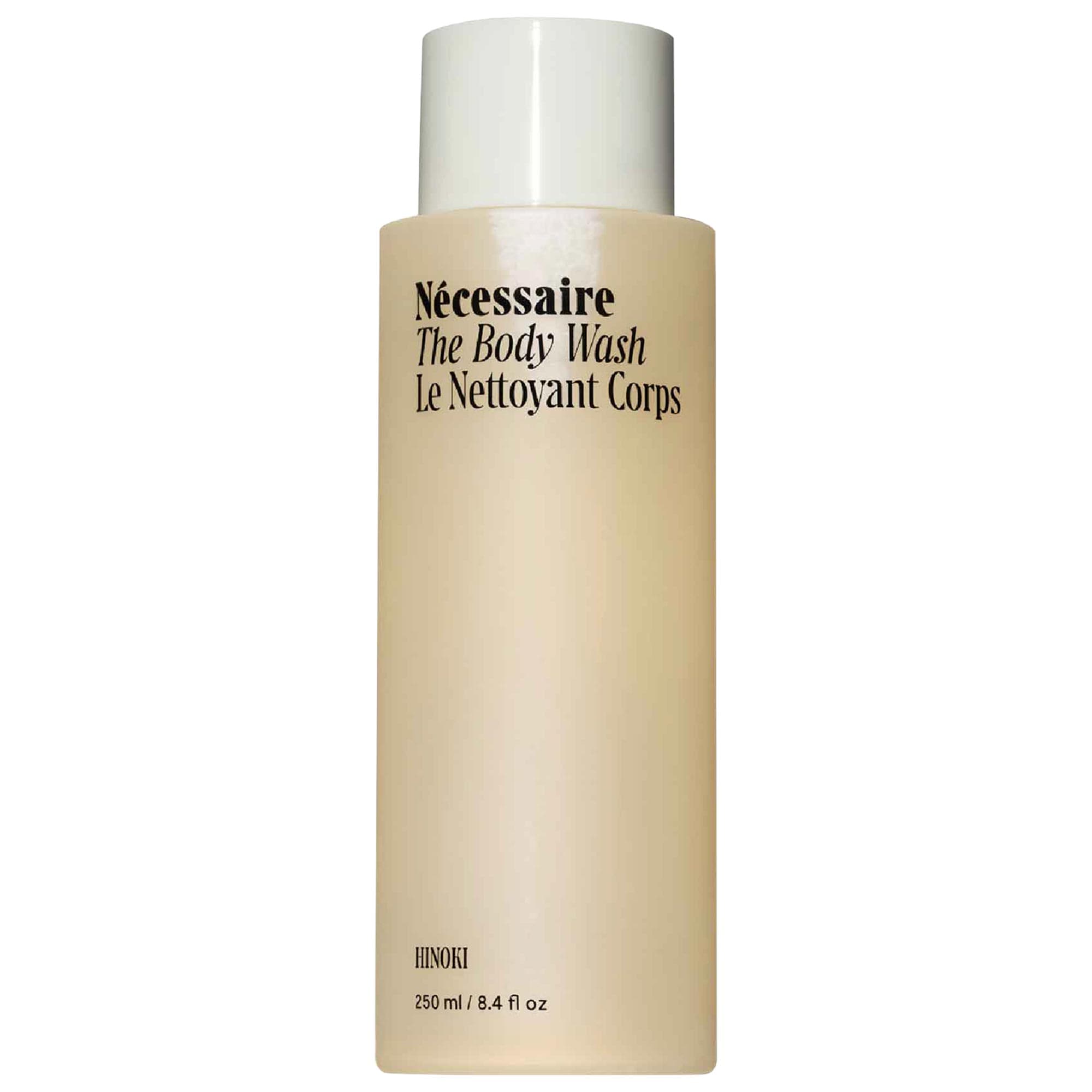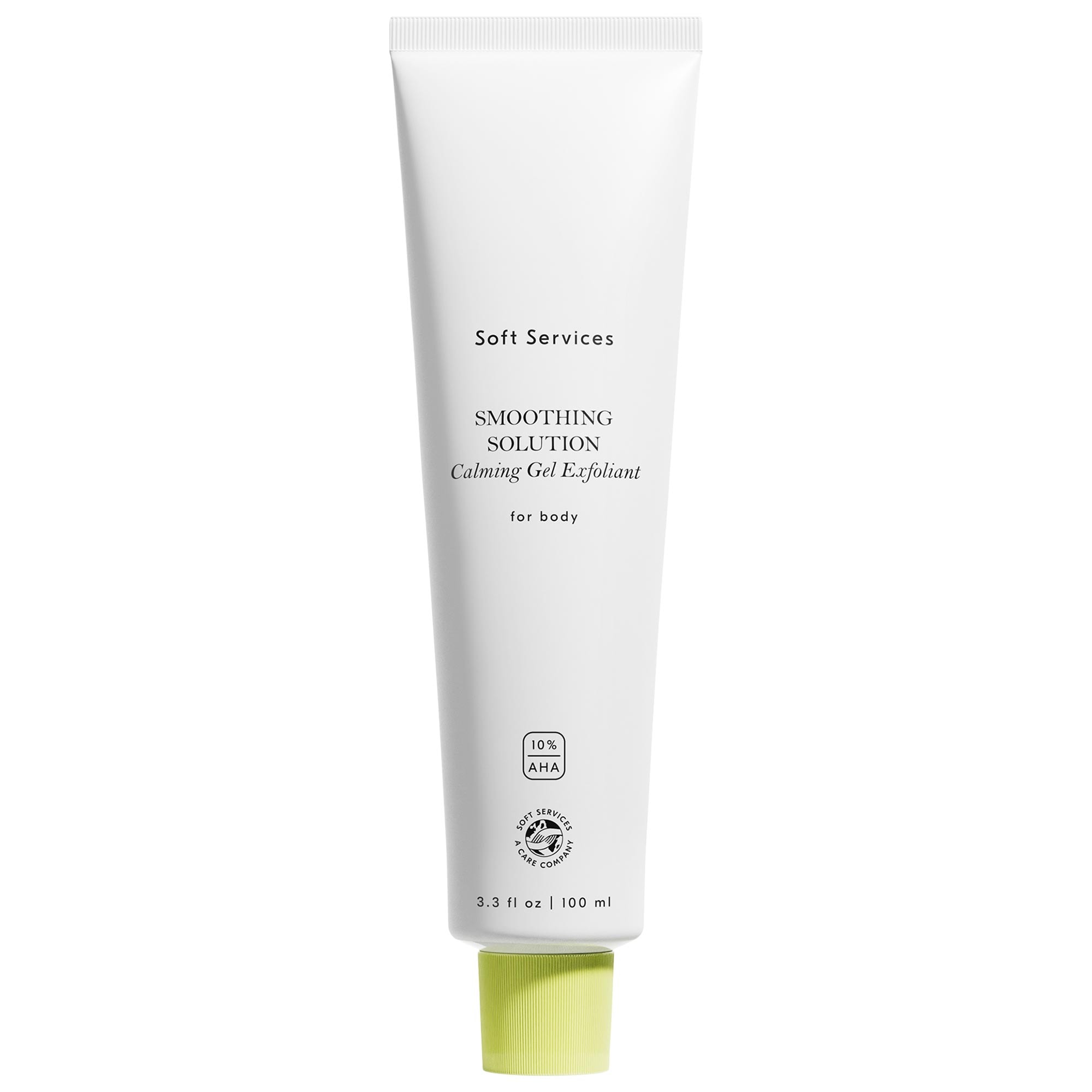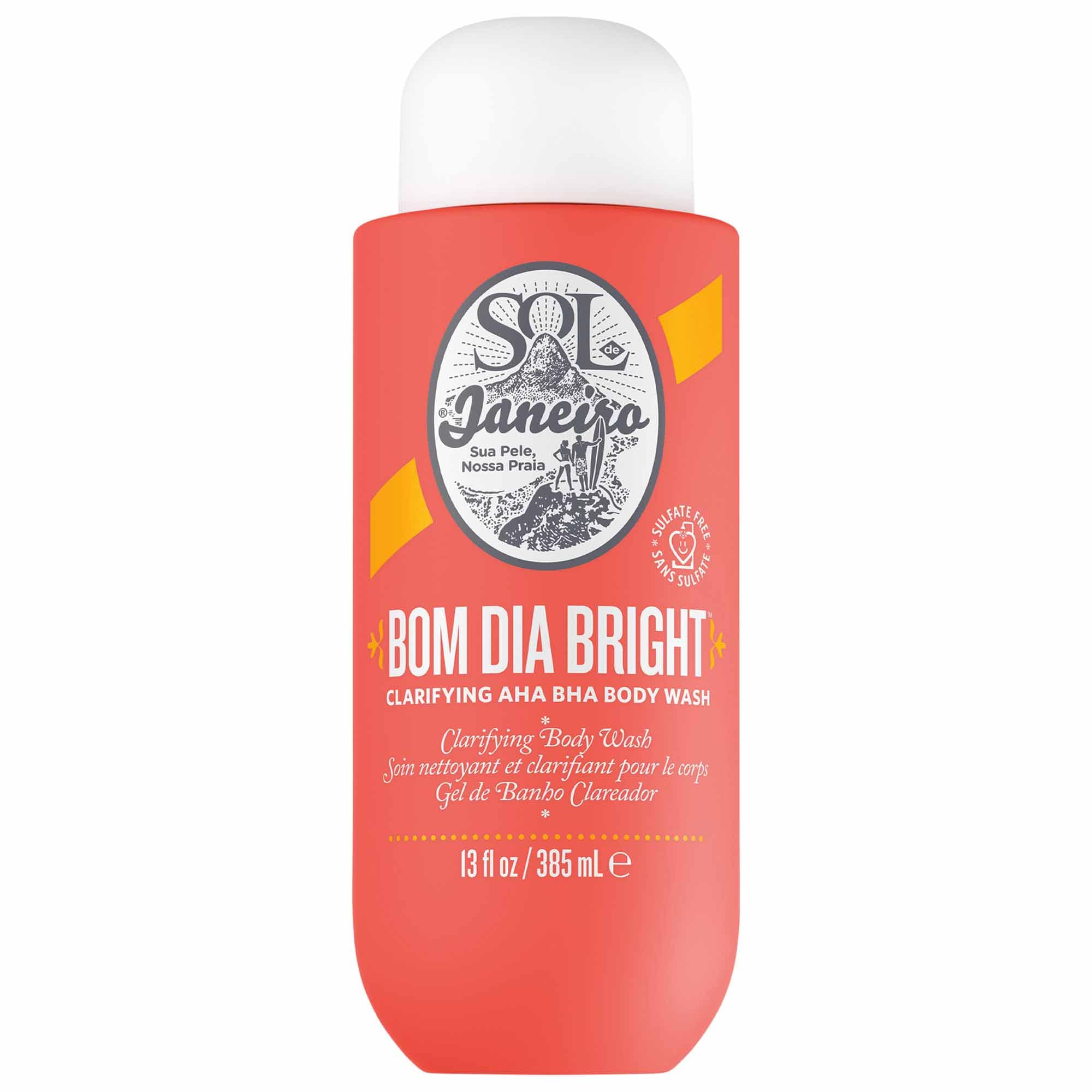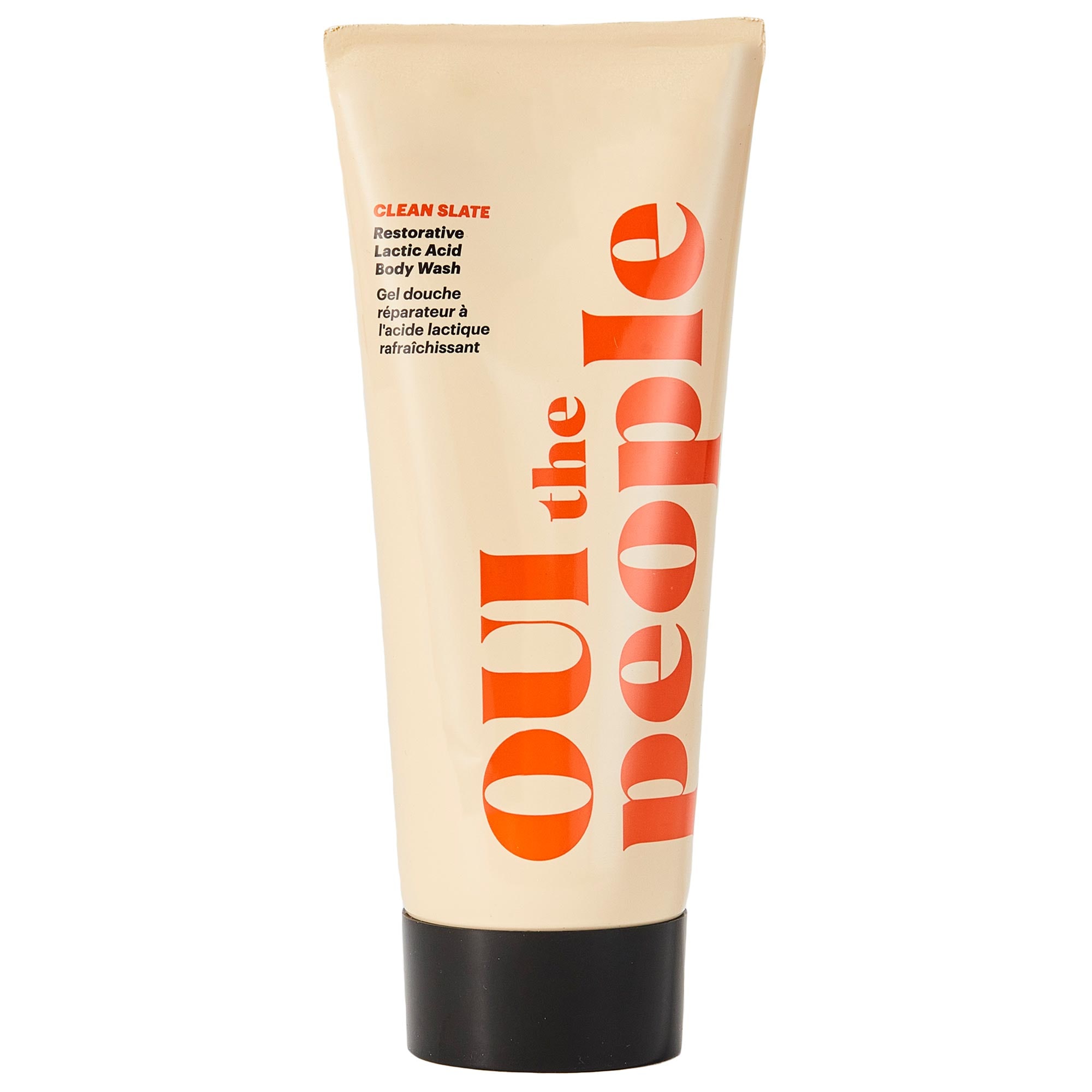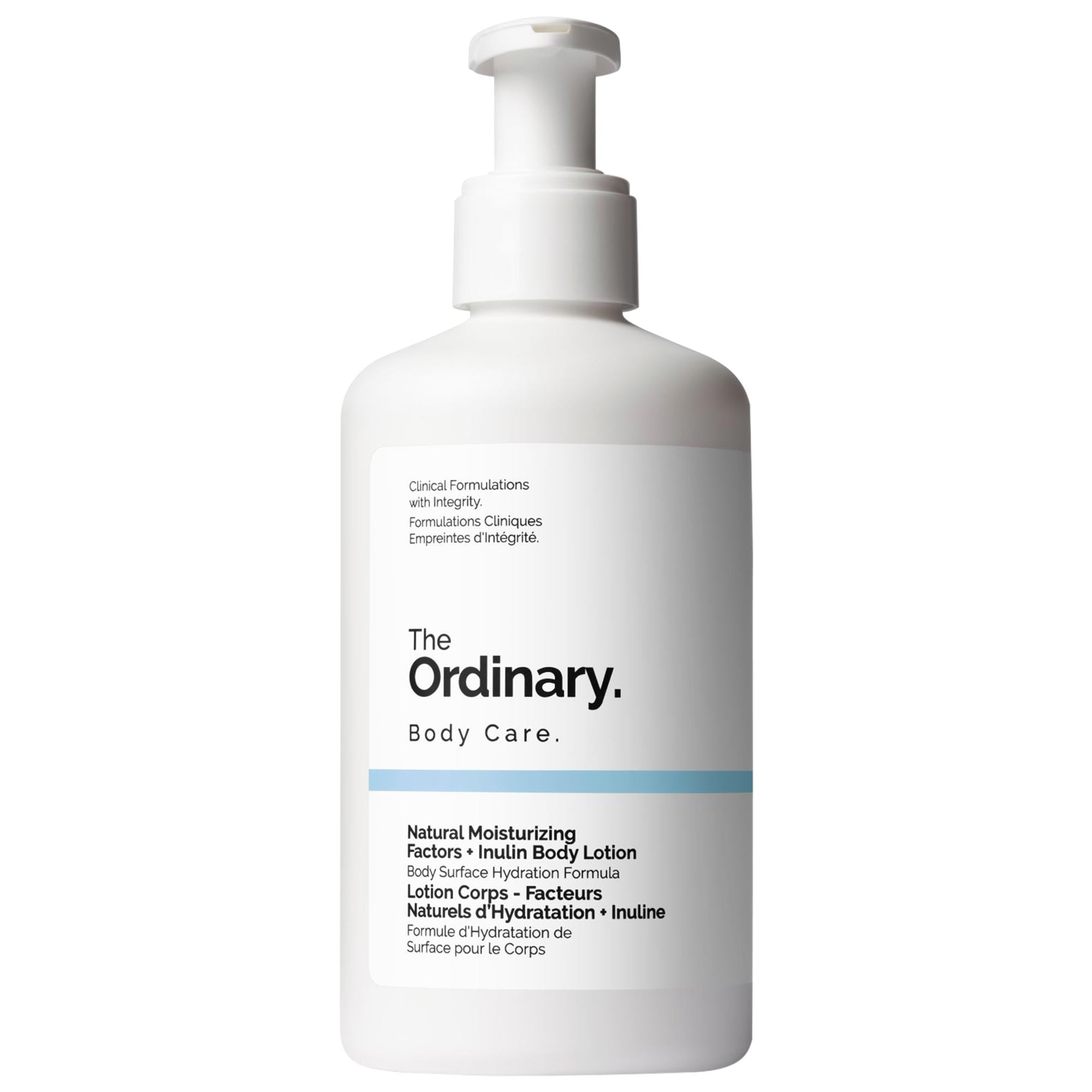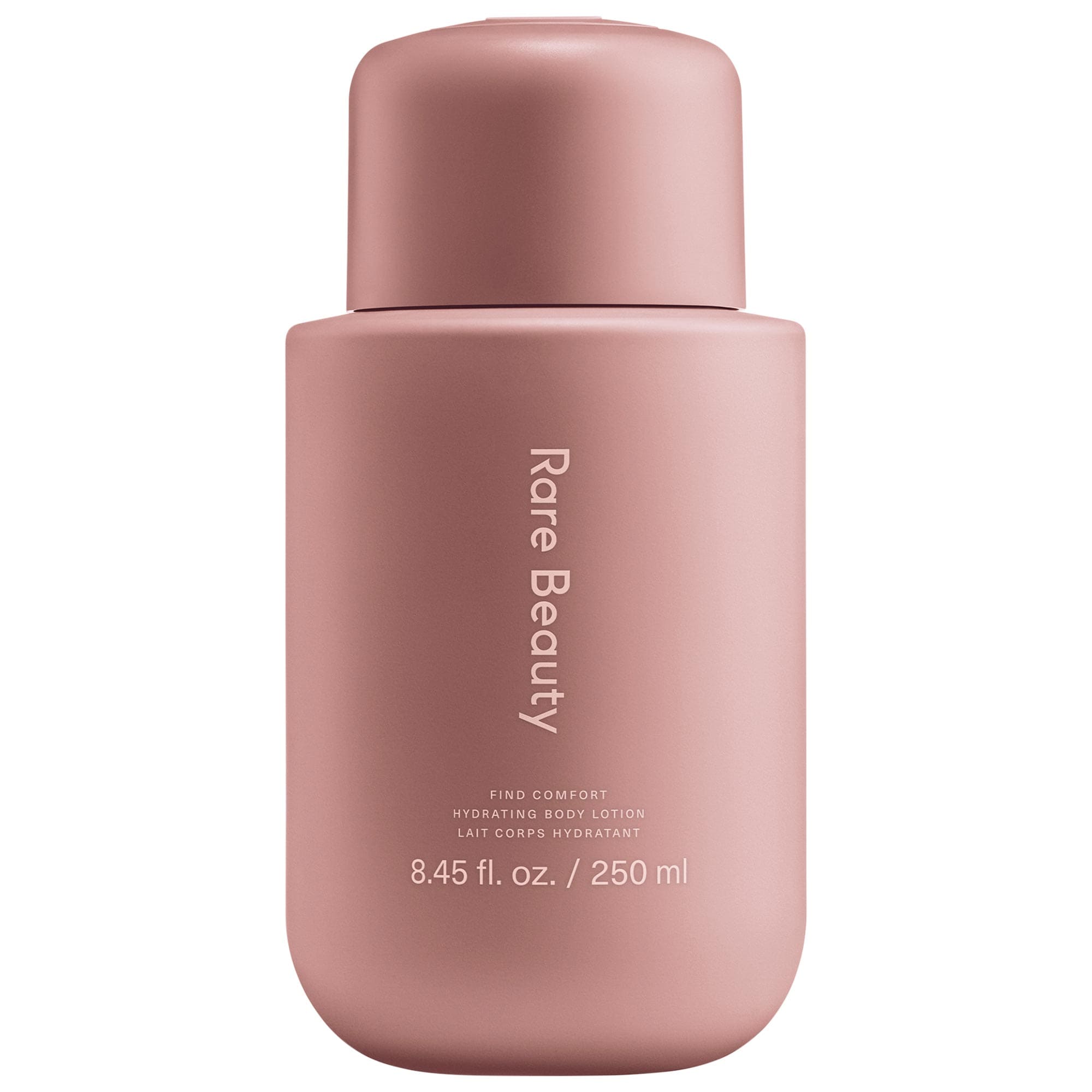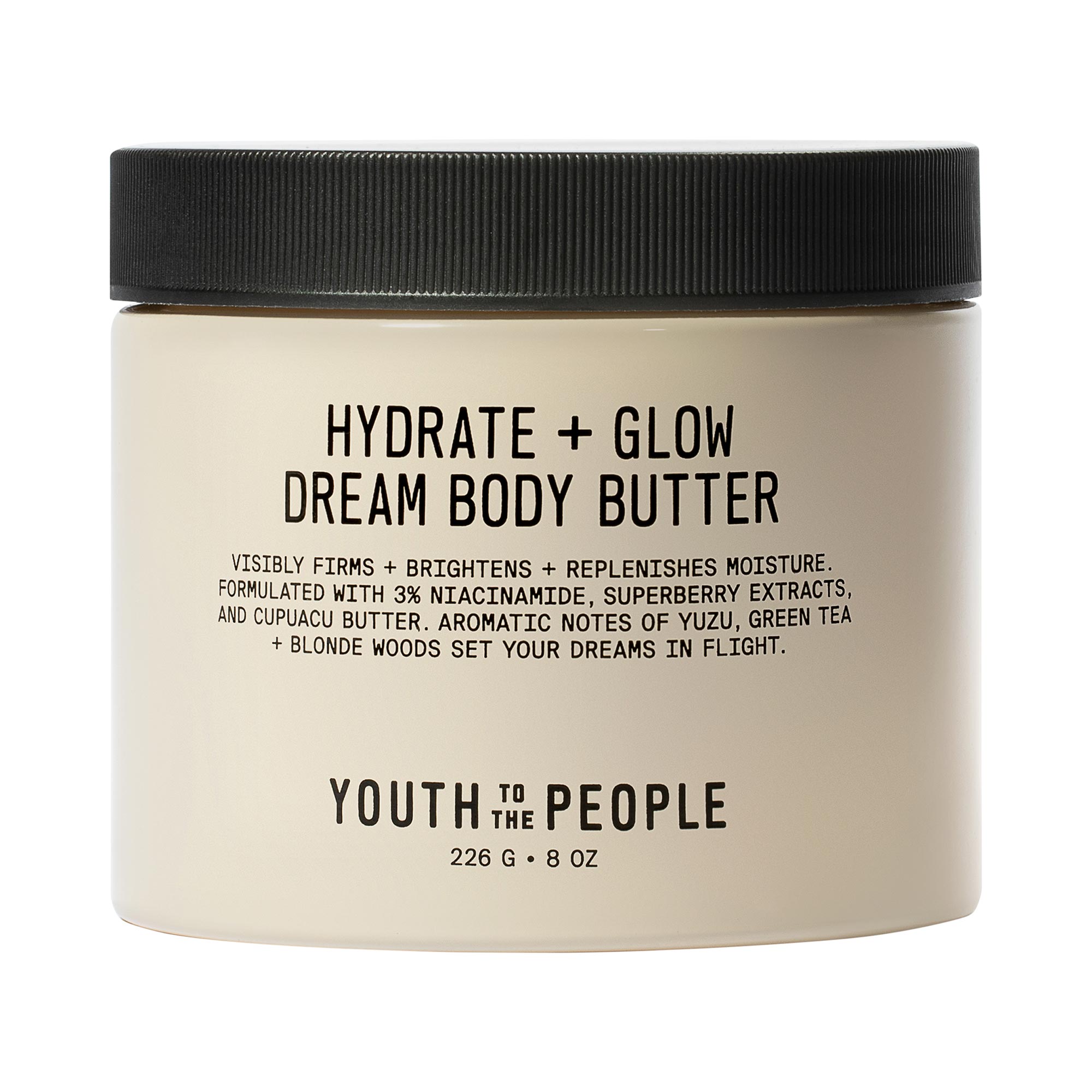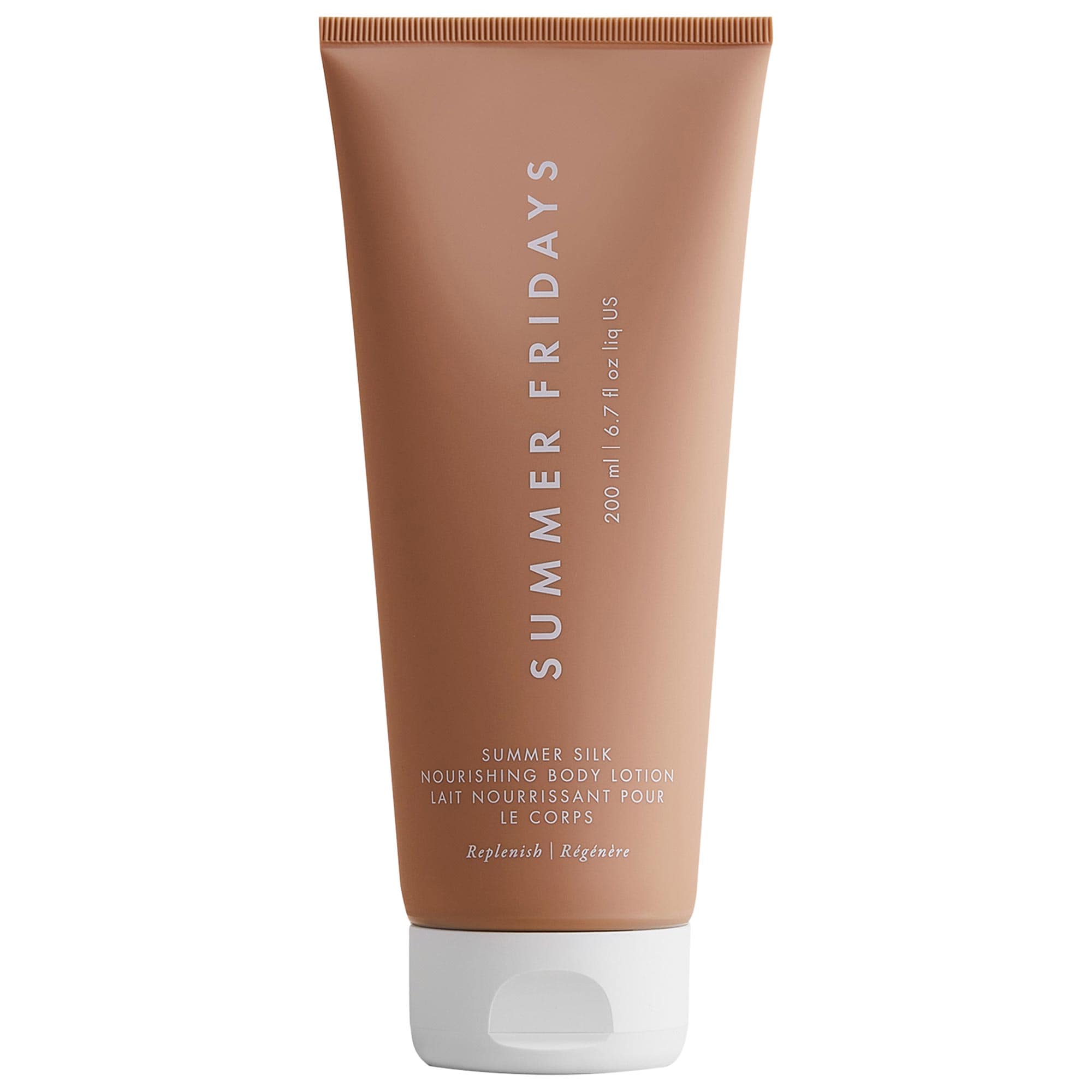How to Get Rid of Ingrown Hair as Soon as Humanly Possible, According to Dermatologists
Because, ouch.


Nothing sucks the joy out of that post-everything shower bliss quite like discovering a nasty ingrown hair on my bikini line or in my armpit. I’m the Queen of Body Exfoliation and use a clean razor every single time I shave. And yet the tender, little, hair-clogged bumps still happen. Such is life, but the good news: I know exactly how to get rid of ingrown hair quickly, efficiently, and safely.
Tempting as it may be to go to town with a pair of tweezers, digging and fishing for a hair underneath the skin can lead to infection, irritation, and pain (these guys can be mega-tender). For the best ingrown hair removal outcome, I’ve learned to practice patience, enter a short-term relationship with hot compresses, and stock my shower with the best possible products for very gentle exfoliation. Most importantly, I follow my incredibly thorough dermatologist-approved checklist for ingrown hair removal.
Save for the rare infected ingrown hair (more on that below), these step-by-step instructions can calm the redness and pain associated with ingrown hairs in just a few days. I’m not a gatekeeper, so read ahead to discover dermatologist-approved tips to get rid of ingrown hair—on your pits, beard, back, or bikini line.
What Is an Ingrown Hair?
First and foremost, let it be known that ingrown hairs are completely normal and very common. An ingrown hair is just hair that hits a roadblock before growing out of the skin. “It happens when the hair curls back or grows sideways into the skin, causing inflammation, redness, and sometimes infection,” says board-certified dermatologist Elizabeth Houshmand, M.D. FAAD. “They can occur anywhere on the body where hair grows, but are most commonly seen where hair has been shaved, waxed or plucked.”
The tell-tale sign you have an ingrown is a small, round, solid bump that can be flesh-colored, red, or dark. “Sometimes, you’ll see the actual hair trapped beneath the skin’s surface, appearing as a dark line or coil,” adds board-certified dermatologist Pooja Rambhia, M.D. FAAD.
Occasionally, ingrowns are painless—think of them as little, harmless nuisance. But they’ll typically feel a little tender or itchy and can, in some cases, get filled with fluid and start to resemble a pimple.
How Do I Get Rid of an Ingrown Hair?
Don’t Pick It
Get exclusive access to fashion and beauty trends, hot-off-the-press celebrity news, and more.
I know the urge: you see a trapped little hair, and you just want to dig your nails in and grab it. But pretty, pretty please keep your grimy hands away. “The first rule is to resist the urge to pick, dig, or squeeze the ingrown hair, as this can lead to infection and scarring,” says Dr. Rambhia.
Use a Hot Compress
In the same way, hot compresses can relieve the pressure associated with a cyst, pimple, or stye in your eye, the warmth can help the trapped hair be set free. “Apply a warm compress to the skin for 10 minutes a few times a day to make it easier for the ingrown to come out itself,” says Dr. Houshmand.
Gently Exfoliate
Dead skin cells can play a hand in ingrown hairs, so it’s best to exfoliate the area. Start by using a soft washcloth—the physical exfoliation will loosen any build-up. “Try using an over-the-counter two to four percent benzoyl peroxide wash to reduce inflammation and fight any bacterial infection that might develop,” says Dr. Rambhia. “Chemical exfoliants like salicylic acid and glycolic acid can be highly effective, too, dissolving dead skin cells that often trap hairs beneath the surface.”
Spot Treat
While using an exfoliating body wash is a great first step, a spot treatment that has prolonged contact with the skin is a worthwhile addition, adds Dr. Rambhia. Consider a glycolic or salicylic acid serum as an overnight treatment. I also love dabbing on a pea-sized amount of over-the-counter hydrocortisone on my ingrown hairs to calm inflammation and redness. It makes a world of difference.
Use Clean Tweezer
Read this carefully: Only attempt to remove an ingrown hair with tweezers if you can clearly see the hair loop beneath the skin; do not dig or pierce the skin to reach a buried hair. Should you meet that criteria, grab a pair of tweezers and disinfect them with rubbing alcohol. “Soak tweezers for a minute in rubbing alcohol and allow them to air dry,” says board-certified dermatologist Robyn Gymrek, M.D. FAAD. “Use clean hands to gently lift the hair out of skin without digging or squeezing.” Avoid force at all costs; if it won’t come out easily, it needs more time and more compressing. You also don’t want to pluck the hair out—simply release it and let it grow normally.
Dab an Antibiotic Ointment
Once the hair has been released, add a light layer of antibiotic ointment—like Neosporin—to the area in order to avoid infection, advises Dr. Rambhia.
Avoid Hair Removal
Once your ingrown hair has been set free (yay!), treat the area like a baby needing TLC. “Let the area heal completely before resuming any hair removal—this typically takes a few days,” says Dr. Rambhia. “During healing, you should also wear loose-fitting clothing to prevent friction and irritation in the affected area.”
See a Medical Professional
If you’ve been diligent about using hot compresses and keeping the area clean and still don’t notice a change within around a week, it’s a good idea to make an appointment with your dermatologist or primary care physician. You should also make an appointment if you suspect an infection brewing. Signs include: increased redness, swelling, warmth, pus, or extreme pain, says Dr. Rambhia. “If you notice any of these signs, particularly fever or spreading redness, seek medical attention rather than attempting home treatment, as infected ingrown hairs can lead to more serious complications if left untreated.”
Can I Be Prone to Ingrown Hairs?
Those with curly or coily hair tend to develop ingrown hairs more than people with straight hair. “This is because the natural part of the hair is curved, so it doesn’t travel straight past the outside of the skin,” explains board-certified dermatologist Joshua Zeichner, M.D. FAAD. “This is why those of African, Middle Eastern, and South Asian descent are more likely to have ingrown hair.”
You also might experience more ingrowns than the average person if you get your pubic or underarm region waxed. “The hair gets pulled directly from the root, forcing it to grow fresh from the follicle, whereas when you shave, you leave the free edge of the hair intact, and it can more easily pass through the outer layer of the skin,” he adds.
Where Can I Get Ingrown Hairs?
Anywhere you have hair, you can get ingrown hair. That said, you normally won’t find an ingrown hair on, say, the top of your hand. “They’re the most common in areas where hair is regularly removed and where hair is naturally coarse and thick,” explains Dr. Rambhia. Think: the bikini line and pubic region, as well as the armpit. These are trouble spots because there’s frequent shaving, so the hair growth cycle is disturbed, and it’s a moist environment that is prone to irritation.
Other areas include the thighs and ankles, where clothing might cause extra friction. “For men, the neck and face are particularly prone to ingrown hairs, especially along the line where regular shaving occurs,” she adds.
Why Does My Ingrown Hair Hurt?
“An ingrown hair can range from mildly irritating to quite painful, depending on its severity and location,” says Dr. Rambhia. Typically, you'll feel a tender, sometimes itchy bump that can be uncomfortable to touch, but the pain tends to be most noticeable when the area is inflamed or infected. The intensity of discomfort will be greater if you’re dealing with an ingrown on the bikini line or in the underarm where friction is higher. That said, you may experience no pain whatsoever.
If you are feeling intense pain that resembles a deep, tender pimple, your ingrown hair might be infected, and it’s best to consult a board-certified dermatologist.
How Do I Prevent Ingrown Hairs?
Ingrown hair can just happen—and most of the time, they’re irritating yet harmless. However there are steps you can take to reduce your likelihood of developing one.
Laser Hair Removal
The most effective, long-term solution for ingrown hairs is to actually remove the hair follicle entirely by way of laser hair removal. No hair follicle means no ingrown hairs are possible. “Unfortunately, laser hair removal will only work if your hair is dark and won’t be effective on blonde, red, or white hairs,” says Dr. Houshmand. If your hair is on the lighter side, you can look into electrolysis, a removal method that zaps hairs one by one.
Stick to Lightweight Body Care
Lightweight and gentle skincare is your friend and heavy oils and creams are your foe. “Stick to non-irritating, breathable formulas,” says Dr. Rambhia. “Products containing mineral oil or comedogenic ingredients are particularly problematic as they can create a barrier that prevents hairs from growing normally.” In that same vein, avoid harsh scrubs, as they can irritate your skin and inflame the hair follicle.
Stop Waxing
If you’re an avid waxer and commonly suffer from ingrown hairs, it might be time to consider a switch-up. Because waxing removes the follicle instead of trimming it—like, says, shaving—you risk it growing at a funny angle and getting stuck underneath the skin.
Regular Exfoliation
Using a gentle exfoliant won’t just help get rid of your ingrown hair, it can actually help prevent them in the first place. “Use salicylic acid or glycolic acid two to three times per week to prevent dead skin cell buildup that can trap hairs,” Dr. Rambhia shares. “Apply these on days you’re not removing hair to avoid irritation.”
Meet the Dermatologists

Pooja H. Rambhia, MD, is a board-certified dermatologist with specialized fellowship training in cosmetic dermatology and laser surgery. She provides comprehensive cosmetic and medical dermatologic care, specializing in laser treatments, injectables, and facial and body contouring. Dr. Rambhia is dedicated to delivering personalized, natural-looking results while offering safe and effective treatments for all skin types, including skin of color.
A Long Island, NY native, Dr. Rambhia received her Bachelor of Arts in biochemistry and Doctorate of Medicine from Case Western Reserve University through their prestigious BA/MD pre-professional scholars program. During medical school, she completed an additional pre-doctoral fellowship through the National Institutes of Health (NIH) T32 training grant in investigative and molecular dermatology. Her dedication to research was recognized with the American Skin Association medical student grant award for her work on genetic melanoma syndromes.
Dr. Rambhia subsequently completed her internship at The Mount Sinai Hospital and her dermatology residency at Zucker School of Medicine/Northwell Health, where she was selected as Chief Resident in her final year. Upon graduation, she was honored with the Northwell Dermatology Departmental Award for Humanism in Medicine, recognizing her compassionate patient care and commitment to leadership. Following residency, Dr. Rambhia completed the prestigious American Society for Dermatologic Surgery (ASDS) Cosmetic and Dermatologic Surgery Fellowship at UnionDerm under the mentorship of Dr. Anne Chapas. During this year-long fellowship, she served as a sub-investigator on several clinical trials exploring treatments for hyperhidrosis, acne, acne scars, melasma, wrinkles, skin laxity, and facial volume loss using novel laser and energy-based device technologies.
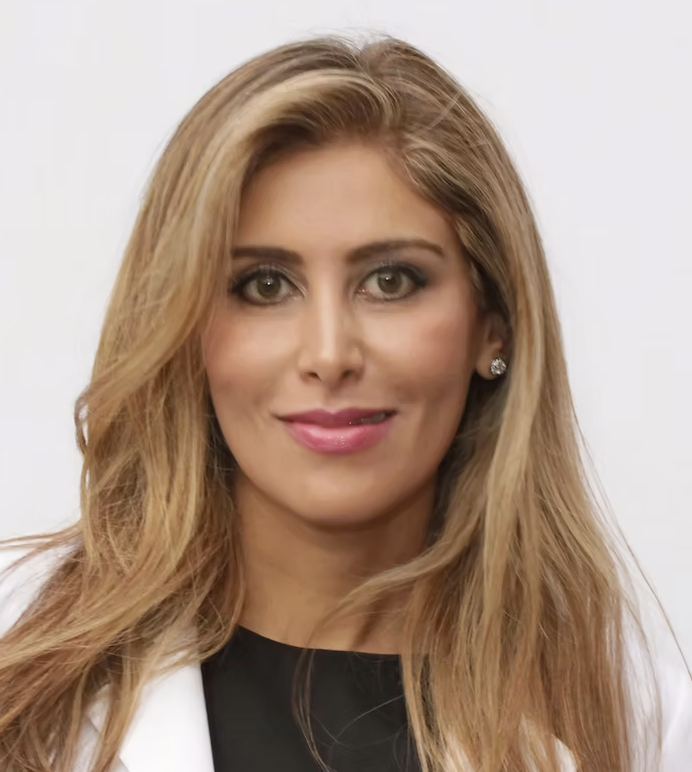
Dr. Elizabeth Bahar Houshmand is a double board certified dermatologist specializing in cutaneous laser surgery and the dermatologic care of patients with a special interest in Cosmetic Dermatology, Laser Medicine , Acne, Hair Loss, and Melasma.
Dr. Houshmand’s completed her undergraduate degree as a Presidential Honors scholar from New York University and graduated medical school with prestigious clinical distinction honors.
She completed an Internal Medicine Residency at Georgetown University Hospital and is Board Certified in both Internal Medicine and Dermatology.
She completed her Dermatology Residency at Wright State University and served as chief resident.
Dr. Houshmand received several prestigious scholarships through the WDS and ASDS has trained with pioneers in the field of cosmetic skin treatments and dermatologic surgery. She was selected by the AAD as one of three dermatology resident recipients of the prestigious AAD International Grant.
She is an international speaker, trainer, author, and medical news correspondent and an internationally recognized leader in cosmetic dermatology.
This varied educational background and training brings Dr. Houshmand’s wealth of knowledge on the newest and latest treatments in medical, surgical, and cosmetic dermatology to her patients.
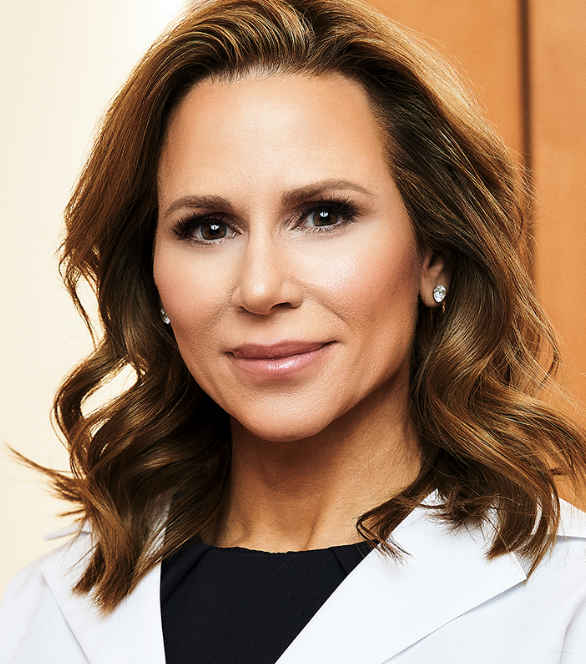
Robyn Gmyrek, M.D. is a Board Certified dermatologist that has received national recognition for her contributions to cosmetic dermatology, including Castle and Connolly America’s Top Doctors, New York Magazine’s 2013-2020 Best Doctors, and inclusion in the 2013-2020 lists of Super Doctors. Before joining UnionDerm Dr. Gmyrek was on the faculty of Columbia University Medical Center where she was Division Chief of Cosmetic Dermatology and founded Columbia University’s Cosmetic Skin and Laser Center. At Columbia, Dr. Gmyrek also was the Director of the Resident Cosmetic Clinic, instructing the resident physicians in cosmetic procedures, and was in charge of the Fourth Year Medical Student Electives in Dermatology.
Dr. Gmyrek received her Bachelor’s degree from New York University where she graduated Phi Beta Kappa and Magna Cum Laude. She went on to complete her medical school education at Columbia University, College of Physicians and Surgeons. After graduation, she finished an internal medicine internship at Cornell University – New York Hospital. Dr Gmyrek then returned to Columbia’s College of Physicians and Surgeons where she completed her dermatology residency training, served as Chief Resident in Dermatology, and in 2000 joined the full time faculty of the Department of Dermatology.
Dr. Gmyrek specializes in cosmetic and general dermatology. She has lectured nationally on techniques including laser surgery, Botox injections, sclerotherapy for leg vein removal and filler injections for correction of wrinkles. Dr. Gmyrek combines her dermatologic medical knowledge and compassionate nature to provide comprehensive treatments to patients. Moreover, she is a frequent contributor to national skin care and beauty media, including: Allure, SELF, The Coveteur, Health, and Oprah.com.
Dr. Gmyrek is a Diplomate of the American Board of Dermatology and an active member of the American Academy of Dermatology, the American Society of Dermatologic Surgery, the Women’s Dermatologic Society, the New York Dermatologic Society and the American Society for Laser Medicine and Surgery.
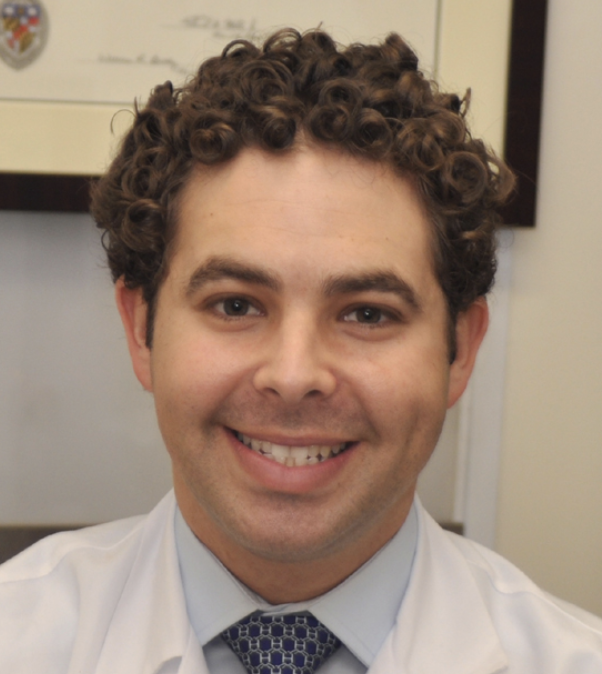
Dr. Joshua Zeichner is an Associate Professor of Dermatology and the Director of Cosmetic & Clinical Research in Dermatology at Mount Sinai Hospital in New York City. He is one of the country's key opinion leaders in treating acne and rosacea, and is an expert in cosmeceuticals, skin care, and cosmetic Dermatology.

Samantha Holender is the Senior Beauty Editor at Marie Claire, where she reports on the best new launches, dives into the science behind skincare, and shares the breakdown on the latest and greatest trends in the beauty space. She's studied up on every ingredient you'll find on INCI list and is constantly in search of the world's glowiest makeup products. She's constantly tracking the biggest nail and hair trends to pop up in the beauty space, going backstage during fashion weeks, tracking celebrity looks, and constantly talking to celebrity hair stylists, nail artists, and makeup artists. Prior to joining the team, she worked as Us Weekly’s Beauty and Style Editor, where she stayed on the pulse of pop culture and broke down celebrity beauty routines, hair transformations, and red carpet looks. Her words have also appeared on Popsugar, Makeup.com, Skincare.com, Delish.com, and Philadelphia Wedding. Samantha also serves as a board member for the American Society of Magazine Editors (ASME). She first joined the organization in 2018, when she worked as an editorial intern at Food Network Magazine and Pioneer Woman Magazine. Samantha has a degree in Journalism and Mass Communications from The George Washington University’s School of Media and Public Affairs. While at GWU, she was a founding member of the school’s HerCampus chapter and served as its President for four years. When she’s not deep in the beauty closet or swatching eyeshadows, you can find her obsessing over Real Housewives and all things Bravo. Keep up with her on Instagram @samholender.
